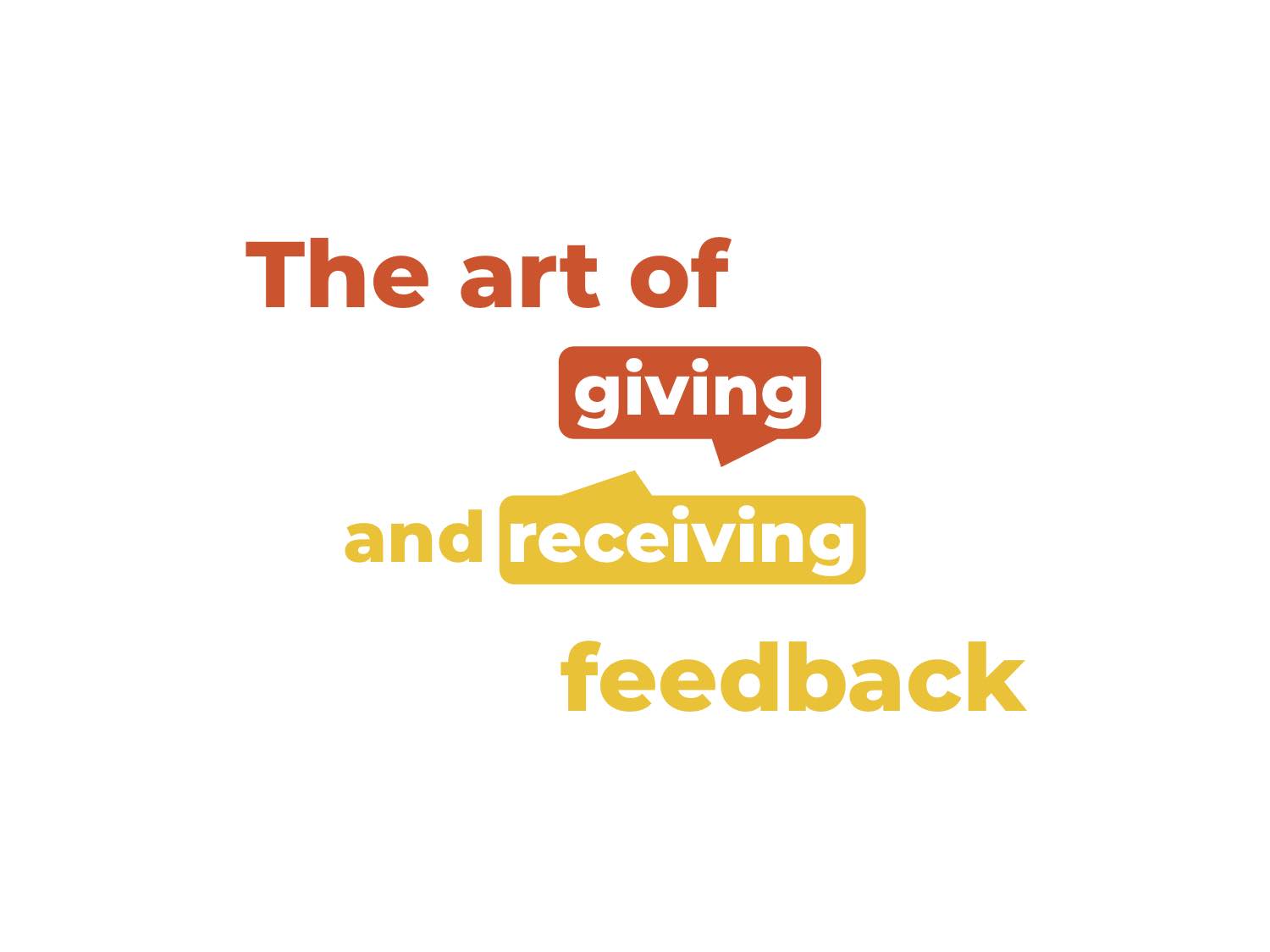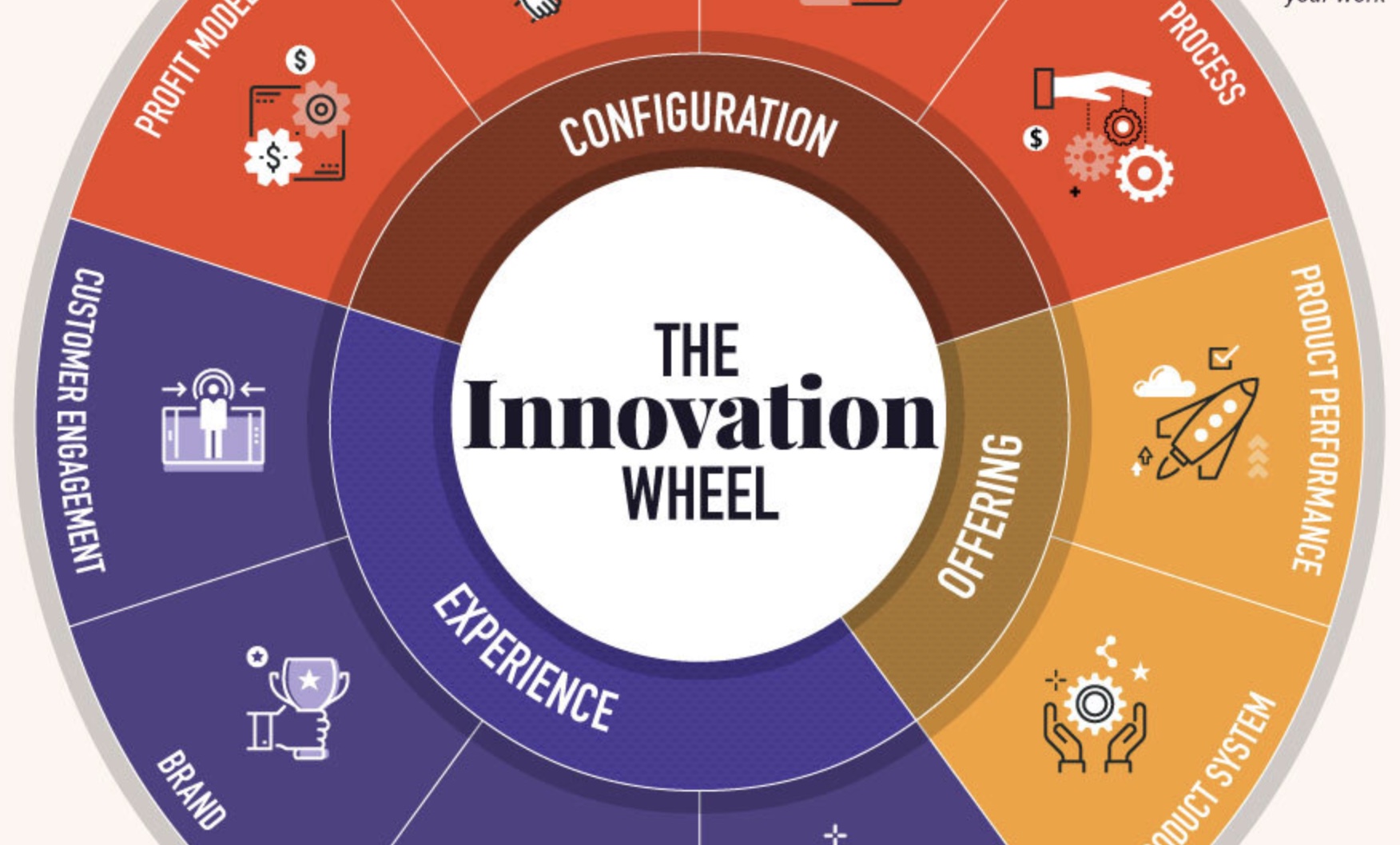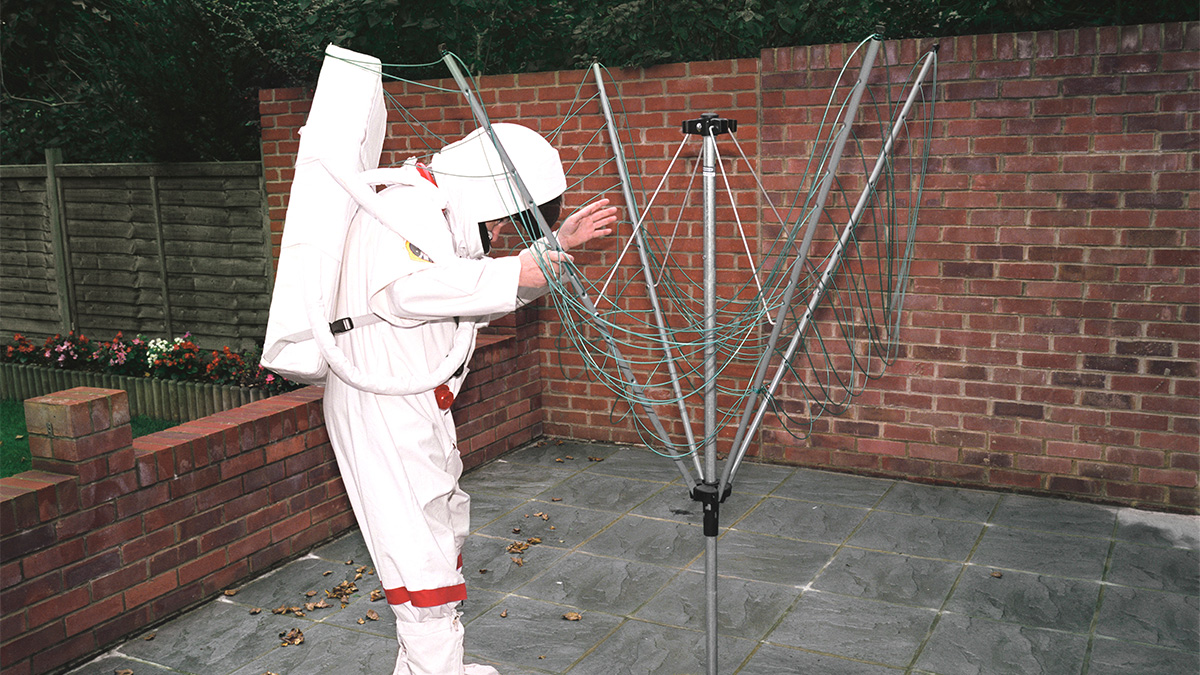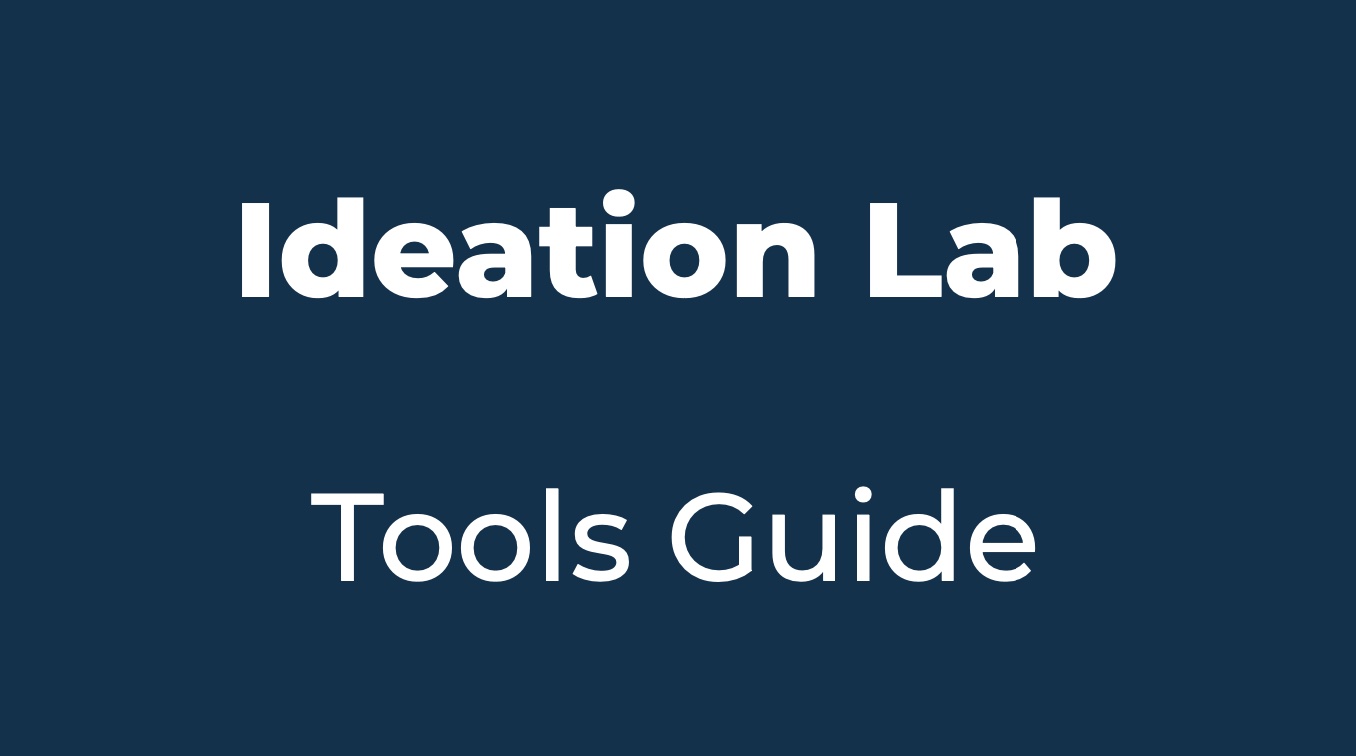
Learning Space
During the Ideation Lab you will dive into the driving force of innovation – a problem you want to solve. Through a series of tools you will understand the roots of th problem, how you can contribute to its solution and develop empathy with the people who are faced with this problem in their every day lives. The videos and articles here have been hand selected to get you in the right mindset to create innovative and impactful solutions.

Learning Space
During the Ideation Lab you will dive into the driving force of innovation – a problem you want to solve. Through a series of tools you will understand the roots of th problem, how you can contribute to its solution and develop empathy with the people who are faced with this problem in their every day lives. The videos and articles here have been hand selected to get you in the right mindset to create innovative and impactful solutions.
How to give feedback

When launching a project the most precisous investment you can receive is in the form of feedback.
reading time 1′
Make innovation go beyond product and service design

An extensive research from Doblin, an innovation-focused firm, reveals 10 distinct ways that you can bring innovation to your solution
reading time 6′
How to a frame an innovation challenge
Giovanni Corazza of the Marconi Institute of Creativity shares how we can generate creative ideas with a few simple questions
watch time 14′
Understand why you need to hold back in the design process (Optional)

Taking the time to understand the problem you need to solve is a sign of respect
reading time 7′
In case you missed Lab #1
Here are the key moments recorded for you so you can catch up!
Lab Tool Guide

A good place to start in order to understand the tools used in the Lab #1 learning cycle
reading time 8′
TOOL #1 – PROBLEM TREE
Before you can design a solution, you must first identify the problem you are trying to solve. The Problem Tree helps to find solution areas by mapping out the causes and effects of an issue. Here are the steps for creating a Problem Tree :
- Step 1: Identify the Main Problems
- Step 2: Root causes
- Step 3: Effects
- Step 4: Problem Area Selection
TOOL #2 – PERSONA CANVAS
Once the central problem has been identified, you must now develop empathy with the people who live with this problem; the main stakeholders. A persona is a character made with the common characteristics found in a group.
TOOL #3 – HOW MIGHT WE STATEMENTS
‘How might we’ statements are a pivotal part of the innovation process. They provide a scope for the solution. No matter what form the solution takes over time, it should always address the initial “How Can We” statement – the purpose for its very existence.
TOOL #4 – DESIGN CONSTRAINTS
Design constraints define the limits that a solution must work within – these are the non-negotiables that a solution designer must respect. The four categories of design constraints are:
- Desirability
- Viability
- Feasibility
- Integrity
TOOL #5 – STORYBOARD OF THE PROBLEM
Storyboards are visual tools used to demonstrate how a person experiences a problem. Storyboarding is done in several steps :
- Step 1: The Main Character
- Step 2: The Story
- Step 3: Drawing the Storyboard
- Step 4: Opportunity Areas
TOOL #6 – STORYBOARD OF THE SOLUTION
This storyboard will now show how they experience the solution. This is the first prototype of your solution. The storyboard should show how the person becomes aware of the solution, how they interact with it (in detail) and the benefit that it brings to their lives. This storyboard is done in several steps:
- Step 1: Brainstorming the Solution
- Step 2: Drawing the Storyboard
- Step 3: Risk Areas & Assumptions
